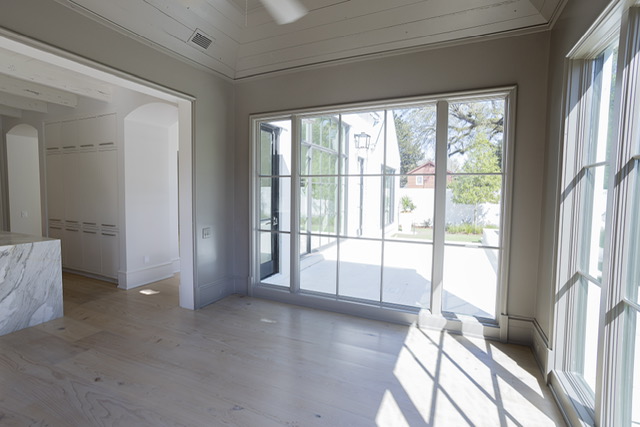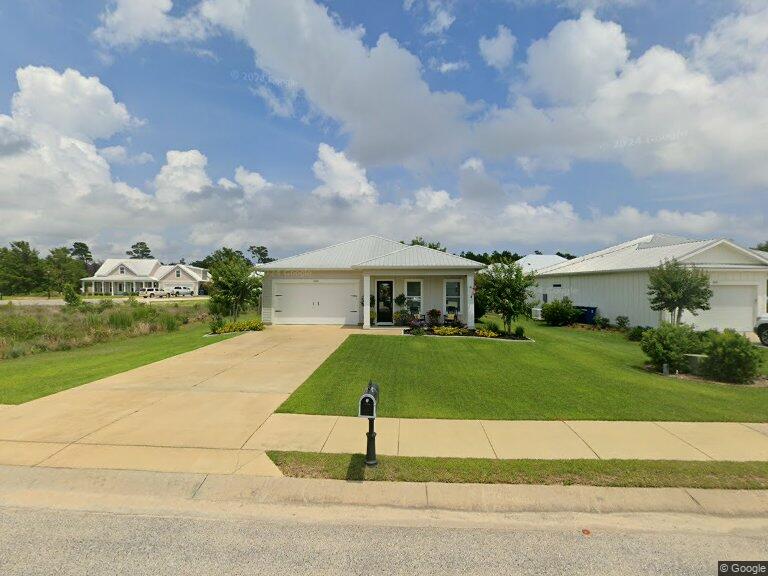Wood framing has long been a trusted method for home construction, offering a blend of flexibility, cost-effectiveness, and timeless appeal. Its versatility and practicality make it a popular choice for homeowners and builders alike. Here are six compelling reasons why wood framing might be the perfect option for your next home.
Lower Initial Costs
Wood framing is typically less expensive upfront compared to ICF construction. Materials are widely available, and the labor required for wood-framed homes is often more affordable due to the familiarity and efficiency of traditional building methods.
3 Key Points on Initial Costs of Wood Framing
Faster Construction
Building with wood framing can be quicker than ICF because it requires fewer specialized tools and techniques. This can translate to faster project completion, saving time and potentially reducing labor costs.
3 Key Points on Faster Construction of Wood Framing
Design Flexibility
Wood framing allows for greater design freedom, especially in homes with complex architectural features. Customization is easier, whether you’re adding intricate details, creating vaulted ceilings, or accommodating unique layouts.
3 Key Points on Design Flexibility of Wood Framing
Easier to Modify/Repair
Wood-framed homes are easier to modify, expand, or repair. Whether you’re planning a future addition or need to make updates, working with wood is simpler and less invasive than altering ICF walls.
3 Key Points on Easier to Modify/Repair Benefits of Wood Framing
Sustainability Options
Modern wood framing can be an eco-friendly choice when using sustainably sourced lumber. Wood is a renewable resource, and advancements in forestry practices ensure that trees are replanted and responsibly managed.
3 Key Points on Sustainability Options of Wood Framing
Timeless Aesthetic Appeal
Wood-framed homes have a classic charm that many homeowners appreciate. Exposed wood beams and natural finishes can add warmth and character to interiors, creating a cozy and inviting atmosphere.
3 Key Points on Timeless Aesthetic Appeal with Wood Framing
Natural Insulator

AFFORDABLE
Wood framing is generally more affordable than Insulated Concrete Form (ICF) construction due to lower material and labor costs, faster build times, and greater availability. Lumber is typically cheaper than the concrete and rigid foam insulation used in ICF, and wood framing crews are more common, skilled, and efficient, which helps keep labor costs down. Construction with wood is also faster since it requires standard tools and techniques, whereas ICF takes longer due to form setup, concrete pouring, and curing time. Additionally, wood framing is widely available, benefiting from economies of scale, whereas ICF materials are less common and often more expensive. Foundation costs are another factor, as ICF structures are heavier and require a stronger, more costly foundation, while wood-framed homes are lighter and less demanding in this regard. The need for specialized equipment to handle ICF blocks further increases costs, whereas wood framing can be built with basic tools. While ICF offers long-term benefits such as energy efficiency, durability, and lower insurance costs, its higher upfront investment often makes wood framing the more attractive option for builders looking to minimize initial expenses.
Wood-framed homes are a great option because they offer affordability, flexibility, and efficiency in construction. The lower material and labor costs make wood framing the most budget-friendly choice for homeowners and builders alike. Its lightweight nature allows for faster assembly, reducing overall construction time and labor expenses. Wood is also highly versatile, making it easier to modify or expand a home in the future. Additionally, wood provides excellent insulation properties, helping to maintain energy efficiency when combined with modern insulation techniques. With sustainable forestry practices, wood framing can also be an environmentally responsible choice, as lumber is a renewable resource. Advances in engineered wood products and protective treatments have further improved durability, allowing wood-framed homes to withstand harsh weather conditions when properly maintained. For those looking for a cost-effective, adaptable, and efficient building method, wood framing remains a top choice in residential construction.

